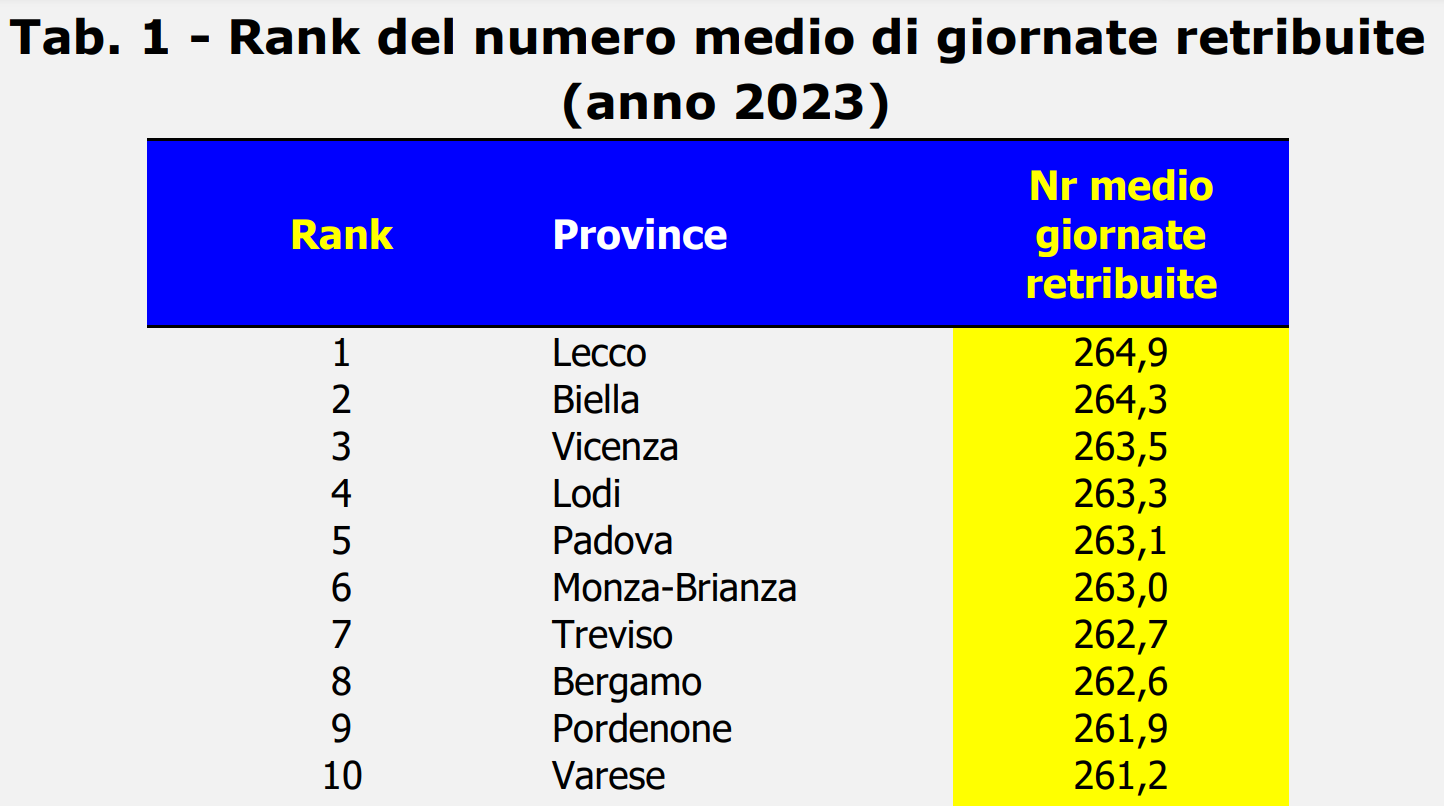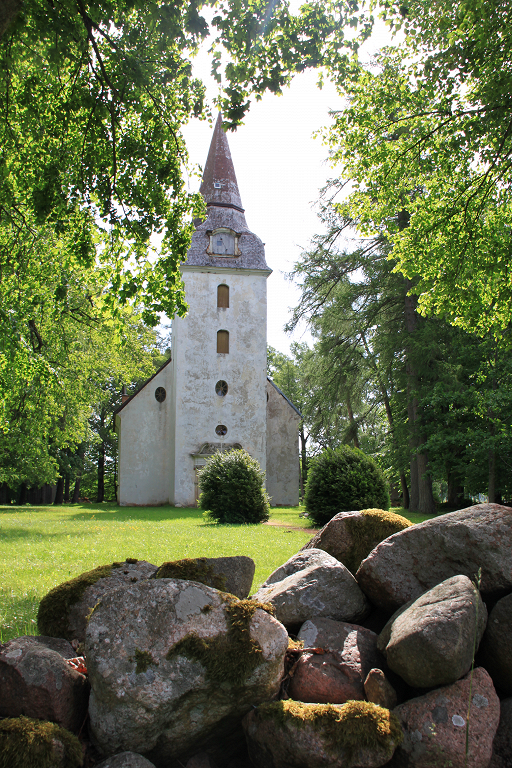There are no conditions for peace in Ukraine – how to create them

Vladimir Putin has announced his willingness to resume negotiations with Ukraine in an Istanbul format. The statement was scheduled to coincide with the renewed efforts of Ukraine and the United States to ensure a temporary termination of fire – an initiative that Moscow is already effectively undermined.
While this may seem like a signal to a diplomatic movement, it is not progress. This is a maneuver.
Putin offered direct unconditional negotiations with Ukraine for an old goal
It is intended to break (what is left of) the Western consensus, slow down meaningful action and present Russia as a reasonable player seeking peace. But the main reality has not changed: there are no fundamental conditions for peace. This does not mean that Ukraine can and will fight forever, whatever happens. I am too close to the fighting to indulge in romantic grades. Rather, it is necessary to create the conditions for peace that is not capitulation (and Ukraine is too strong to accept this).
Moreover, even if Putin is striving for peace, it is far from clear whether the Russian state, economy or social structure could endure it.
- Over the last two years, the Russian economy has been militarized and has been set depending on the war. Military production is now moving GDP. Defense sector employment, direct budget subsidies and sanctioned parallel markets depend on the ongoing conflict. Stopping military costs would risk mass unemployment, inflation collapse and detection of long -suppressed structural vulnerabilities in banking, logistics and industrial supply chains.
- The Russian security apparatus, already expanded and accumulated, will not play a reliable role in peacetime. Hundreds of thousands of demobilized soldiers – many of whom are traumatized, other radicalized – would return to a society that neither appreciates nor accept them. Veterans are not treated as heroes from a society who has tried to maximize the ignoring the horror of the war led by their name and with their consent. For many Russian soldiers, the ongoing war would offer more meaning, stability and income than every peaceful future.
To put it simply, Russia is not ready for peace – economic, political or psychological. Any termination of fire will be used not to end the war, but to restore the means for its continuation.
| Western policy must focus on the formation of conditions, not the pursuit of the appearance of any signals. |
Given that there are no structural conditions for peace, the policy of the allies of Ukraine must focus on changing the basic balance of power. This means to deprive Russia of the tools it uses to generate pressure levers – especially in the air.
Russia wants in the eventual stop of fire not to import Western weapons to Ukraine
Russia’s current strategy is based on three pillars:
- Permanent infantry attacks with severe victims, but with strategic pressure.
- Planning bombs that devastate cities on the front line and trench nets.
- Attacks with long -range rockets and drones aimed at civilian infrastructure, to create humanitarian crises and to press the Ukrainians to migrate.
The third pillar is where the West can intervene the most direct and efficient – without moving to escalation or offensive war.
One imposed by the coalition zone of security in Ukraine, through Skyshield (SkyShield) above the undeniable Ukrainian airspace, offers a way to neutralize Russia’s advantage of high -range impacts and reduce the subsequent effects of infrastructure degradation, refugee displacement.
What does a « heavenly shield » achieve
1. Stabilization of infrastructure and civil protection
By capturing cruise missiles and drones over the western and central part of Ukraine, the « celestial shield » would preserve energy, water and transport systems, which are crucial to survival and management. This would prevent additional interruptions of power supply and reduce the pressure that leads to forced displacement.
2. Nuclear security
The three operating nuclear power plants of Ukraine generate about half of the country’s electricity. Several of them have been undergoing a Russian attack. This would reduce the risk of a radiological disaster – not only for Ukraine but also for the European continent.
3. Reducing the pressure of refugees
The current forecasts evaluate hundreds of thousands, if not millions, more refugees in 2025-2026, if Russia’s air campaign continued uncontrollably. Using Skyshield to create a safe haven would allow millions to stay in their homes, reducing both humanitarian costs and political pressure on EU EU countries on the front line.
4. The Ukraine’s Military Resources Painting
Ukrainian Air Force is currently redirecting their scarce capacity to defense missions. The presence of the so -called. Safety asylum would allow them to be refurbished on counteracting Russian platforms for planning bombs, infantry support and tactical flexibility.
5. A strategic signal without escalation
By conducting all operations from the territory of NATO, the use of defense rules for engaging and acting over undisputed Ukrainian airspace, the initiative avoids direct confrontation with Russian forces. Syria and Baltic countries show that such agreements are sustainable and stabilizing.
Ukraine to accept negotiations immediately, Trump insisted, waiting for a truce and going in person, replied Zelenski
There is no peace to preserve – but there is a war of restraint
When we strive to resolve the ongoing 11 years of war, as multifaceted as the war of Russia against Ukraine and for centuries violent, imperial history of occupation and conquest, we cannot assume that peace is something by default and that military support slows its arrival. In fact, there is no peace that would be delayed.
What the inaction of the West retains is not stability, but a strategic advantage for Russia.
The safe haven area does not end the war. It does not force Russia to negotiate. But it changes the account: it reduces the vulnerability of Ukraine, retains its territorial stability and signals that the airspace – and in a broader sense – is not completely ready for destruction. In other words, it creates conditions and context in which meaningful negotiations can occur.
| There are no conditions for peace because Russia has no incentive, no capacity and no structural readiness for peace. It has built a military economy, a military society and a system to justify war. |
Skyshield is not a maximalistic solution. This is a pragmatic response to this reality. It retains what can be saved, protects what is critical, and creates space – physical, strategic and psychological – for the survival of Ukraine and possibly determining its own conditions.
We still cannot end this war. But we can limit her most destructive instruments. And we can prepare for a time when a permanent interruption (if not a full end) of the war is possible and realistic.
Conversations will not achieve this until the facts of the terrain change. When the facts change, Putin can change his mind. But not before.
Jade McGill is a researcher at the Department of War Study in London King’s College. With a doctoral title of Oxford, she has been studying the Ukrainian-occupied Ukrainian territories and socio-political processes in Ukraine, incl. With frequent visits to the eastern part of the country.










